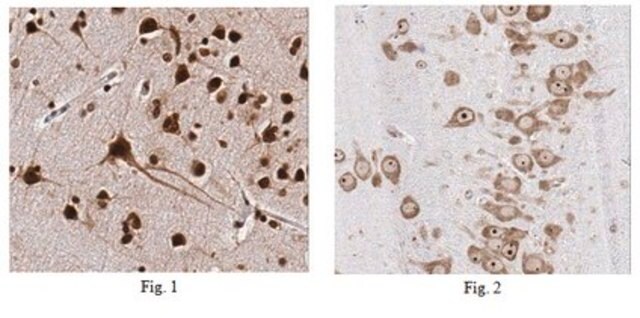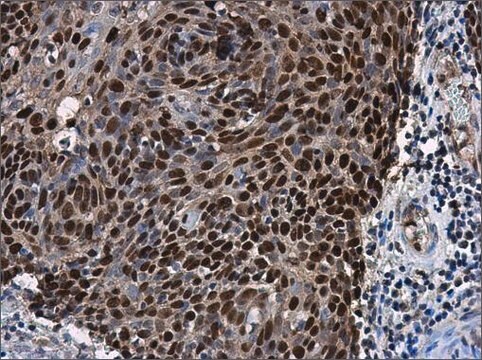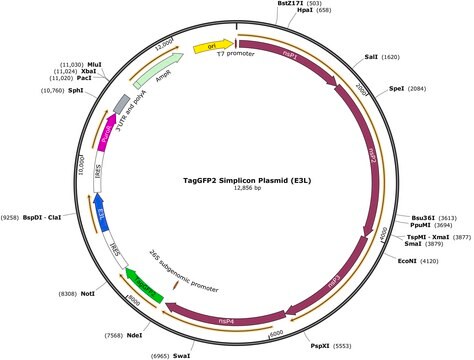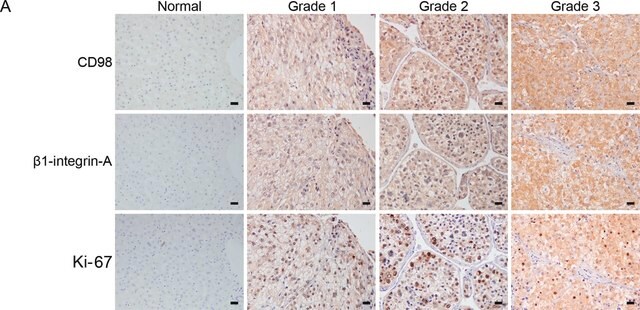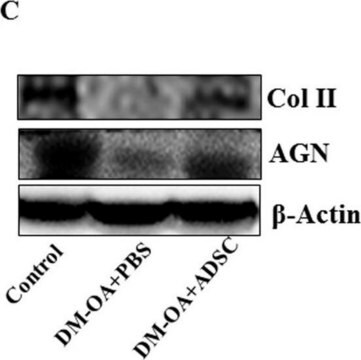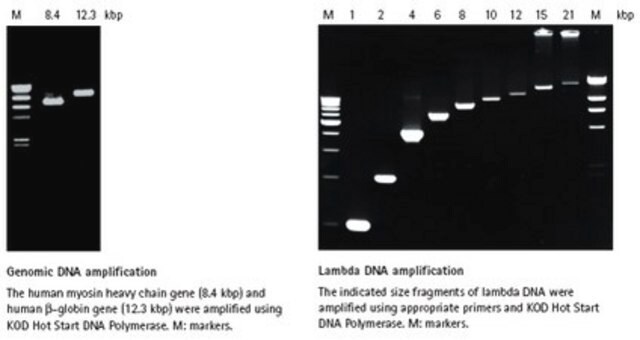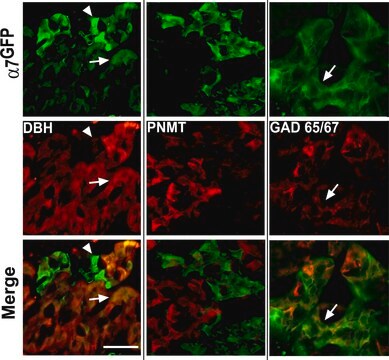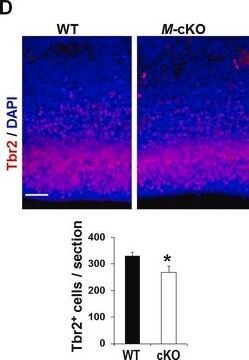MABN24
Anti-pan-Shank Antibody, clone N23B/49
clone N23B/49, from mouse
Synonym(s):
SH3 and multiple ankyrin repeat domains 2, SH3 and multiple ankyrin repeat domains protein 2, proline-rich synapse associated protein 1, cortactin SH3 domain-binding protein, Cortactin-binding protein 1, Proline-rich synapse-associated protein 1, cortact
About This Item
Recommended Products
biological source
mouse
Quality Level
antibody form
purified antibody
antibody product type
primary antibodies
clone
N23B/49, monoclonal
species reactivity
mouse, human, rat
technique(s)
immunohistochemistry: suitable (paraffin)
western blot: suitable
isotype
IgG1κ
NCBI accession no.
UniProt accession no.
shipped in
wet ice
target post-translational modification
unmodified
Gene Information
human ... SHANK2(22941)
General description
Immunogen
Application
Western Blot Analysis: A previous lot of this antibody detected Shank in extracts of COS-1 cells transiently transfected with Shank1, Shank2 or Shank3 plasmids. Courtesy of James Trimmer, UC Davis/NIH NeuroMab Facility.
Neuroscience
Synapse & Synaptic Biology
Quality
Western Blot Analysis: 2 µg/mL of this antibody detected Shank on 10 µg of rat brain membrane tissue lysate.
Target description
Physical form
Storage and Stability
Analysis Note
Rat brain membrane tissue lysate
Other Notes
Disclaimer
Not finding the right product?
Try our Product Selector Tool.
Storage Class Code
12 - Non Combustible Liquids
WGK
WGK 1
Flash Point(F)
Not applicable
Flash Point(C)
Not applicable
Certificates of Analysis (COA)
Search for Certificates of Analysis (COA) by entering the products Lot/Batch Number. Lot and Batch Numbers can be found on a product’s label following the words ‘Lot’ or ‘Batch’.
Already Own This Product?
Find documentation for the products that you have recently purchased in the Document Library.
Our team of scientists has experience in all areas of research including Life Science, Material Science, Chemical Synthesis, Chromatography, Analytical and many others.
Contact Technical Service